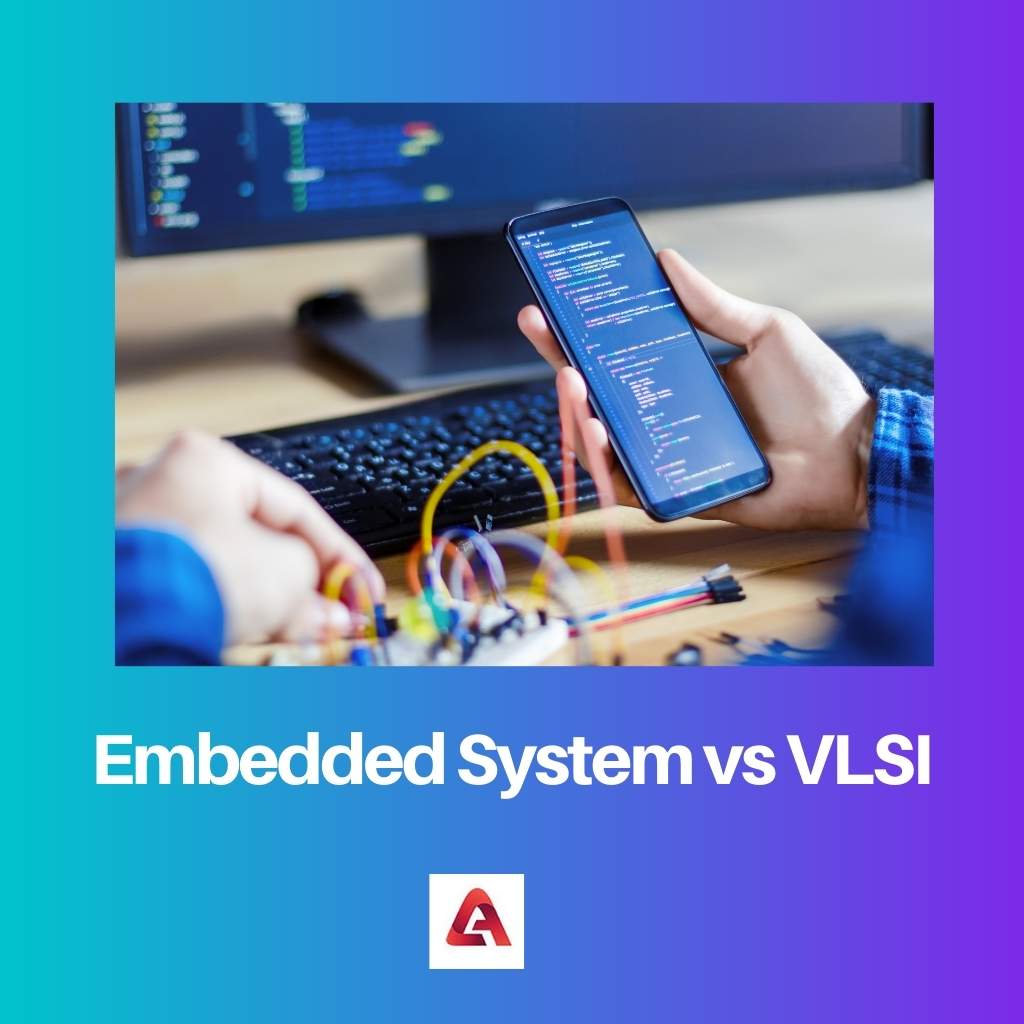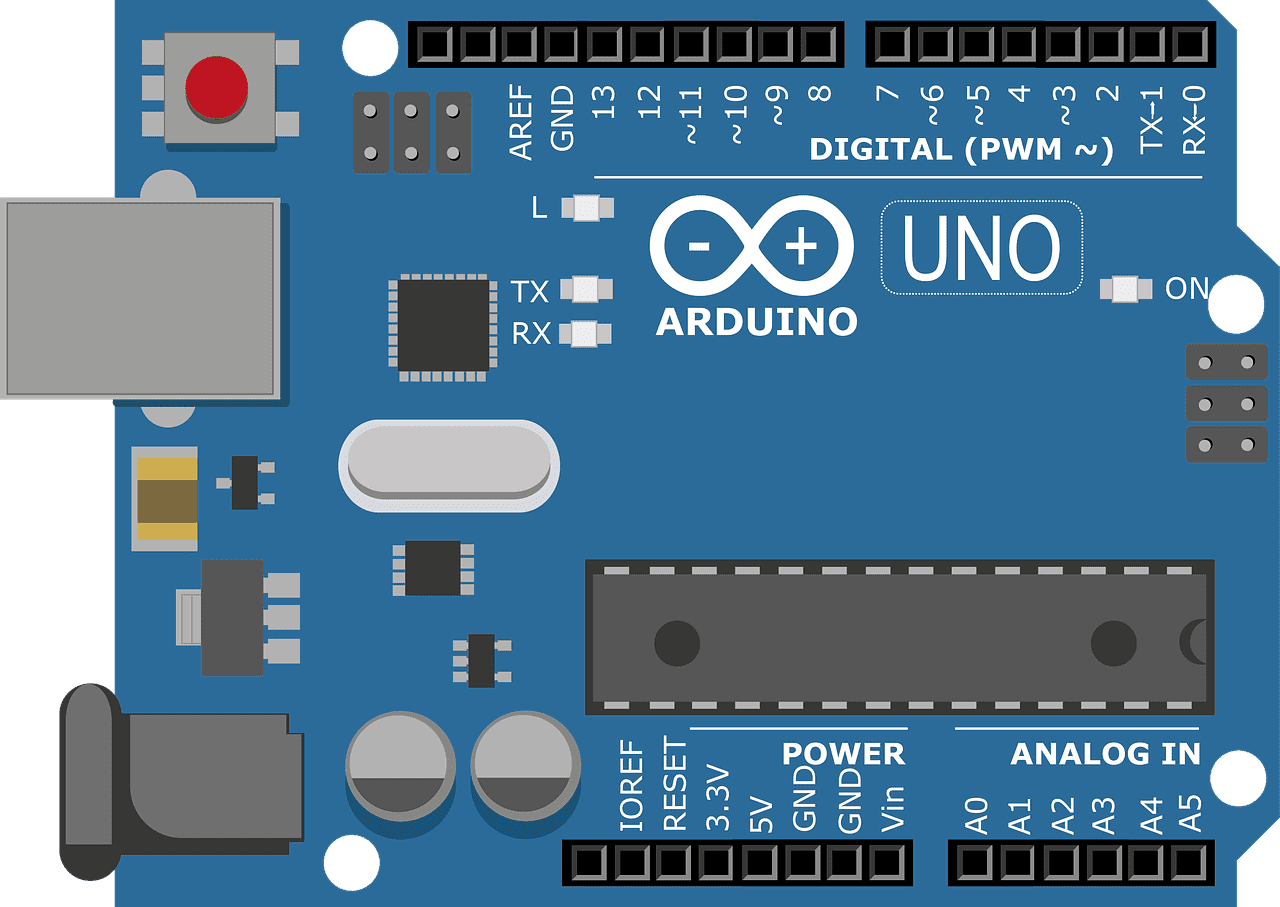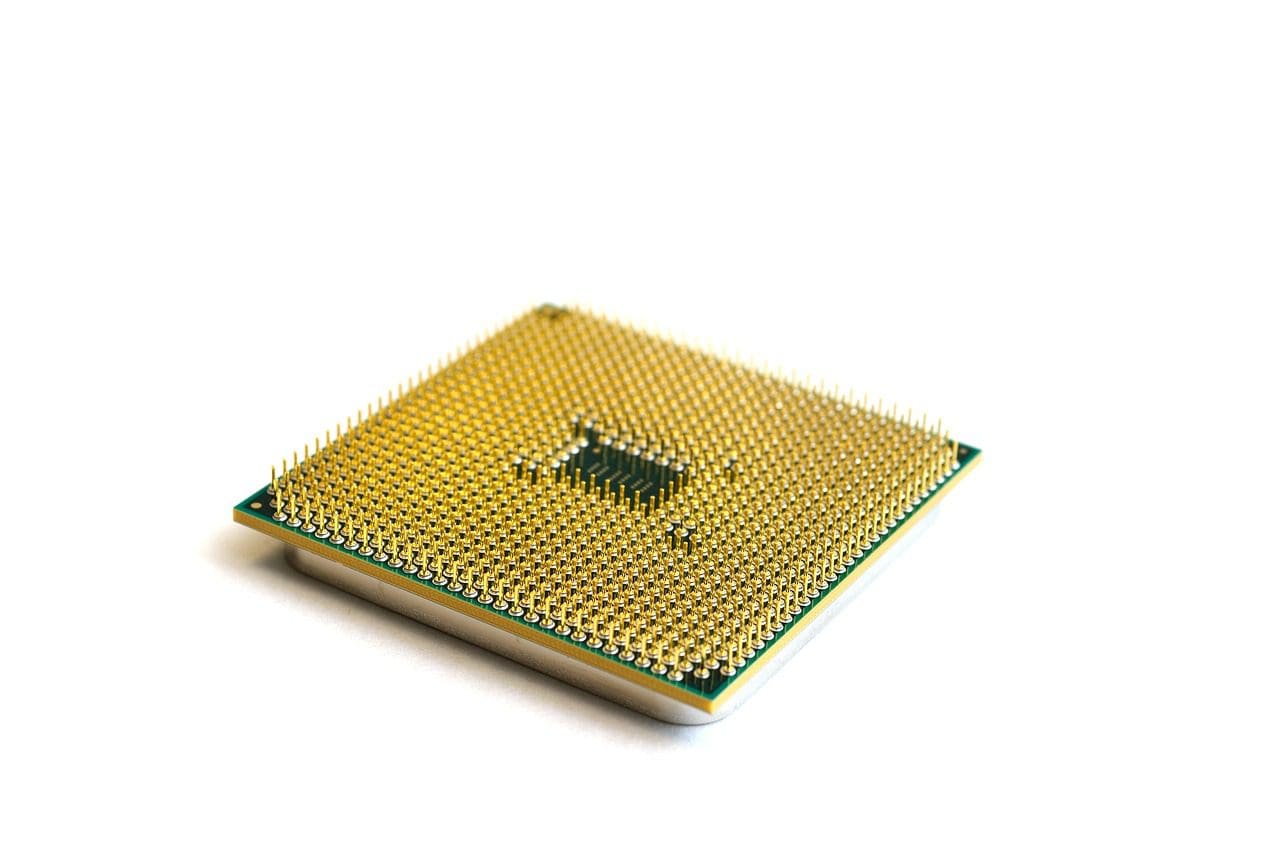IC or integrated circuits make us think of embedded systems with specialized processing capabilities, both in terms of concept and execution.
Any smart device that tries to influence data using specialized developer software is an embedded system, which may be done at a core level utilizing the VLSI or Very Large-Scale Integration processes.
This article magnifies the features and usages of both embedded systems and VLSI to help you understand the differences between both types of integrated processes.
Key Takeaways
- Embedded systems are computer systems designed for a specific purpose, while VLSI (Very Large Scale Integration) refers to creating integrated circuits.
- Embedded systems use VLSI technology for their hardware components.
- VLSI focuses on designing and fabricating microchips, while embedded systems involve hardware and software design.
Embedded System vs VLSI
An embedded system is any form of technology used to achieve a specialized or limited task and is found in modems, cell phones, banks and calculators. VLSI means Very Large Scale Integration and is a complex and sophisticated integrated circuit consisting of thousands of transistors in a single computer.

Any usage of technology that is utilized to accomplish a limited or specialized task is referred to as an embedded system. In contrast to an overall computer, which can execute a wide range of activities and is quite sophisticated, an embedded system is fairly simple and lacks superfluous equipment.
Embedded systems can be found in Banks, modems, calculators, and cellular phones, to name a few examples.
VLSI, on the other hand, stands for ‘Very Large Scale Integration, which is a phrase being used to define the sophistication and complexity of an integrated circuit by estimating how many gates and transistors are present.
VLSI refers to integrated circuits containing thousands of transistors in a single container; alternative acronyms, such as MSI or ULSI, are being used to represent ICs with fewer or more components.
Comparison Table
| Parameters of Comparison | Embedded System | VLSI |
|---|---|---|
| Definition | Any computing system that is utilised to accomplish a limited or specialised task is referred to as an embedded system. | VLSI stands for Very Large Scale Integration, which would be a phrase used to define the intricacy of an integrated circuit by estimating how many semiconductors aka transistors are present. |
| Usage | Embedded services are extensively utilised in a variety of applications, including industrial, economic, and military ones. | VLSI allows IC designers to use less space in their designs. On a simple PCBA, electrical circuits include a CPU, RAM, Os, and other peripherals. |
| Deals With | Embedded systems deal with the hardware components. | VLSI deals with the software components. |
| Coding Languages Used | Hardware networking knowledge | C/C++, Rust, Python. |
| Career Opportunities | More in comparison to VLSI engineers. | Less when compared to embedded system designers. |
What is an Embedded System?
A microchip-based computer hardware and software system that is built to meet a certain purpose is known as an embedded system. Any computing system that is utilized to accomplish a limited or specialized task is referred to as an embedded system.
Embedded systems are available in Casinos, gateways, computers, and mobile phones, to name a few. Standard computer linguistics with specific modules can be used to program embedded systems that will operate on a Microcontroller or CPU with an operating system, such as Ubuntu or mainly Linux kernels. C/C++, Rust, Python, and several other languages are examples.
The needed frameworks and translators for these languages are provided by your approved manufacturer, allowing you to focus on performance rather than particular translations into machine-level code.
When talking about the profession in embedded systems, the scenario is rich and currently quite popular in India as well as in the world itself.
Embedded systems is a fascinating subject of computer engineering with many career prospects both now and in the foreseeable future.
Embedded systems have more employment in India, and the profession offers great opportunities for rising engineers. The machine languages used for embedded systems are simple and easy. It includes Python, Rust, C++, etc.

What is VLSI?
The technique of incorporating or integrating 1000s of transistors on a single crystalline silicon microchip is known as a very large-scale integration (VLSI). As expert-level multicore processor microchips were being developed in the late 1970s, VLSI technology was invented.
VLSI is a widely used technology for developing microchip computers, integrated circuits (ICs), and components. It was created to sustain hundreds and thousands of transistor terminals on a microchip that had grown to billions by 2012.
VLSI design processes and languages may be used to create MCUs, FPGAs, and other programmable logic devices that run embedded software.
Embedded systems design concentrates on the software side, with code written to operate on a pre-existing platform like an MCU or an FPGA.
VLSI architecture necessitates strict attention to floorplanning, layout, semiconductor size, connectivity, clock, and energy distribution, including timing, since it is closer to hardware design.
Hardware description systems are the scripting languages used in VLSI for IC design (HDLs). Verilog, VHDL, C, and programming languages like Python and TCL are among them.
In VLSI, a team’s development approach is just as essential as the HDL they employ to create a new product.

Main Differences Between Embedded System and VLSI
- Embedded systems deal with the hardware of a system, whereas VLSI is responsible for the software and modulations.
- Hardware networking is the core of embedded systems, whereas programming languages like C/C++, Rust, and Python are required for VLSI.
- Embedded systems study the semiconductors and circuits, whereas the VLSI deals with internet networking and UI designing.
- An embedded system is a computer platform that performs a particular purpose, whereas VLSI is a measurement of the intricacy of an integrated circuit.
- Leading companies involved in embedded system designing are AMD, Intel, and NVIDIA, whereas VLSI is dominated by LSI, Qualcomm, and Samsung.


The article covers the technical aspects of both embedded systems and VLSI quite thoroughly. It’s intellectually stimulating.
The article’s emphasis on the differences between embedded systems and VLSI is commendable. It’s intellectually stimulating and informative.
Certainly, the article is a valuable resource for those seeking a deeper understanding of these technologies.
Indeed, this article is a testament to the author’s deep knowledge of the subject matter.
The comparison table provided in the article makes it easy to understand the distinctions between embedded systems and VLSI. Very useful information.
Agreed, this article is a great resource for anyone looking to learn more about these technologies.
The detailed information about the languages used in embedded systems and VLSI is exceptionally commendable. Very enlightening.
Absolutely, the article is a treasure trove of knowledge for those interested in this field.
Yes, the author has done an excellent job articulating the technical details of embedded systems and VLSI.
This article offers a comprehensive and detailed explanation of the differences between embedded systems and VLSI, providing an in-depth understanding of both technologies. It’s enlightening.
Exactly, it’s quite educational and well-researched.
This article provides a profound insight into the career prospects associated with embedded systems and VLSI. Simply impressive.
The article effectively delves into the intricacies of VLSI design and the development approach. Informative and engaging.
Absolutely, this article is a must-read for anyone interested in technology and engineering.
Indeed, the technical depth of the article is quite impressive.
The article’s detailed explanation of the difference between embedded systems and VLSI is truly enlightening. It provides a comprehensive understanding.
Absolutely, this article offers an excellent analysis of both technologies.
I couldn’t agree more, the information presented is illuminating and intellectually enriching.